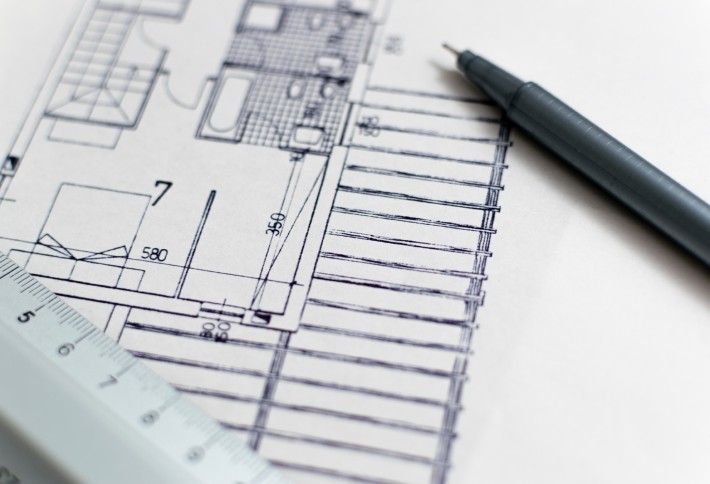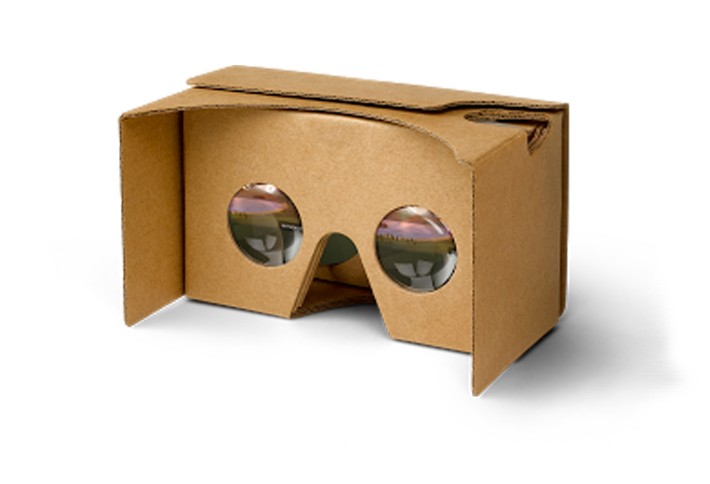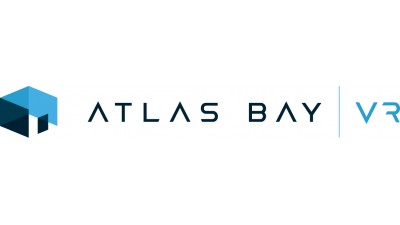Virtual reality is not just for gaming. As the technology has grown more sophisticated, various industries outside of the entertainment world have looked to VR as a powerful marketing and visualization tool. Atlas Bay VR is one of a growing number of companies leveraging the immersive power of virtual reality for commercial real estate. But while the real estate world considers how the technology can best benefit the industry, myths are common.
Think you know VR fact from fiction? Take this quiz and see if you know the true potential this technology offers CRE professionals.
To learn more about this Bisnow content partner, click here.
1
What is the cost of a VR project for an unbuilt development?
YOU'RE CORRECT!
Myth: It is expensive to use VR. Fact: Virtual reality costs are scalable according to budget. While the average cost for an unbuilt development is $10K, scanning a property that already exists can cost as little as $1K. For projects already taking advantage of renderings, the VR price range will be familiar — and with VR, those renderings are included for the same cost. For pre-leasing, the net operating income from an additional lease can pay for the entire project.
YOU'RE WRONG!
Myth: It is expensive to use VR. Fact: Virtual reality costs are scalable according to budget. While the average cost for an unbuilt development is $10K, scanning a property that already exists can cost as little as $1K. For projects already taking advantage of renderings, the VR price range will be familiar — and with VR, those renderings are included for the same cost. For pre-leasing, the net operating income from an additional lease can pay for the entire project.
2
At which stage in the development process can a property benefit the most from using virtual reality software?

During the initial entitlement phase
For architectural and design reviews
During the pre-sales & leasing process
After the property has already been completed
YOU'RE CORRECT!
Myth: VR is only good for short, promotional use. Fact: Virtual reality is useful for the same amount of time you normally use renderings, photos and videos — before, during and after construction. Use VR early for architectural and design reviews, or for online marketing and at events to generate brand awareness. VR can be used to visualize a property during the pre-sales and leasing process, and after initial move-in it can highlight amenities that are still under construction. For prospective buyers, the rendering can live online as a web tour and 360-degree content, ensuring the property is showcased to a global audience.
YOU'RE WRONG!
Myth: VR is only good for short, promotional use. Fact: Virtual reality is useful for the same amount of time you normally use renderings, photos and videos — before, during and after construction. Use VR early for architectural and design reviews, or for online marketing and at events to generate brand awareness. VR can be used to visualize a property during the pre-sales and leasing process, and after initial move-in it can highlight amenities that are still under construction. For prospective buyers, the rendering can live online as a web tour and 360-degree content, ensuring the property is showcased to a global audience.
3
What do you need to take advantage of a Google Cardboard headset?

YOU'RE CORRECT!
Myth: VR technology is complicated to use. Fact: Virtual reality is designed to be intuitive. If you know how to use a smartphone, you can use mobile VR. Devices like the HTC Vive need a VR-ready PC, but setup is also quick and simple. Virtual reality experiences are organic and movement-oriented. Want to go over to the virtual kitchen? Just walk. VR visualization companies will set up the equipment and train real estate professionals on how to use it, though being immersed in VR does not always require hardware. Take a 360 tour online on a phone, tablet or desktop. You can also interact with it on social media.
YOU'RE WRONG!
Myth: VR technology is complicated to use. Fact: Virtual reality is designed to be intuitive. If you know how to use a smartphone, you can use mobile VR. Devices like the HTC Vive need a VR-ready PC, but setup is also quick and simple. Virtual reality experiences are organic and movement-oriented. Want to go over to the virtual kitchen? Just walk. VR visualization companies will set up the equipment and train real estate professionals on how to use it, though being immersed in VR does not always require hardware. Take a 360 tour online on a phone, tablet or desktop. You can also interact with it on social media.
4
Which industry profession benefits from VR?
Architects and interior designers
YOU'RE CORRECT!
Myth: VR is only for marketing professionals. Fact: Everyone can use VR to help communicate their vision and to engage with their audience. Architects and designers can expand their vision beyond static blueprints and floor plans. Sales and leasing agents use VR to help foster an emotional connection with a property and allow prospective buyers to experience living in the space. Marketing professionals leverage VR to elevate their clients’ brands. For developers, portable and low-cost VR options allow them to share their full design at trade shows and events, creating a buzz and impressing potential investors.
YOU'RE WRONG!
Myth: VR is only for marketing professionals. Fact: Everyone can use VR to help communicate their vision and to engage with their audience. Architects and designers can expand their vision beyond static blueprints and floor plans. Sales and leasing agents use VR to help foster an emotional connection with a property and allow prospective buyers to experience living in the space. Marketing professionals leverage VR to elevate their clients’ brands. For developers, portable and low-cost VR options allow them to share their full design at trade shows and events, creating a buzz and impressing potential investors.
5
Which of the following statements is true?

VR requires the use of expensive hardware
It can take four to six weeks to create a full-scale VR experience
In high-end VR experiences, users get nauseous quickly
VR graphics are lower-quality so that video remains smooth
Users lose spatial awareness of the real world and become disoriented
YOU'RE CORRECT!
Myth: VR is not practical. Fact: VR tools are flexible for most needs, and depending on the scope of the project, a full VR package can take a little more than a month to create. Headsets offer a range of immersive experiences, from 360 content on mobile VR, to full motion tracking on devices like the HTC Vive. Low powered smartphones can sometimes make users nauseous, but a headset connected to a powerful computer prevents this problem. Image fidelity is also scalable. For architecture reviews, speed and cost are important and graphics quality does not matter. For sales and marketing, VR graphics compete with renderings in quality, but offer a more immersive experience.
YOU'RE WRONG!
Myth: VR is not practical. Fact: VR tools are flexible for most needs, and depending on the scope of the project, a full VR package can take a little more than a month to create. Headsets offer a range of immersive experiences, from 360 content on mobile VR, to full motion tracking on devices like the HTC Vive. Low powered smartphones can sometimes make users nauseous, but a headset connected to a powerful computer prevents this problem. Image fidelity is also scalable. For architecture reviews, speed and cost are important and graphics quality does not matter. For sales and marketing, VR graphics compete with renderings in quality, but offer a more immersive experience.
6
Within real estate and retail, how big will the virtual reality industry be by 2025?
YOU'RE CORRECT!
Myth: VR is a passing fad. Fact: According to a recent Goldman Sachs report, virtual and augmented reality are expected to become a $4.2B industry for retail and real estate by 2025. A growing number of CRE professionals have embraced the technology, and not just architects and interior designers. Developers, property managers, sales and leasing associates, and marketing teams can all benefit from using virtual reality to showcase their projects.
YOU'RE WRONG!
Myth: VR is a passing fad. Fact: According to a recent Goldman Sachs report, virtual and augmented reality are expected to become a $4.2B industry for retail and real estate by 2025. A growing number of CRE professionals have embraced the technology, and not just architects and interior designers. Developers, property managers, sales and leasing associates, and marketing teams can all benefit from using virtual reality to showcase their projects.









